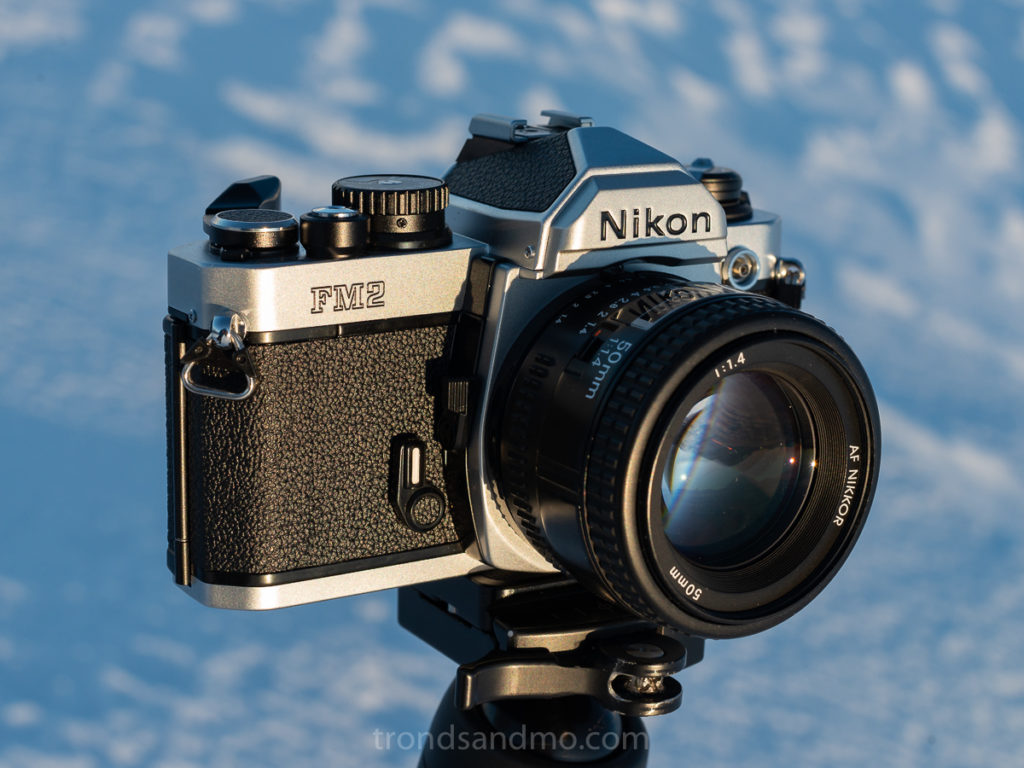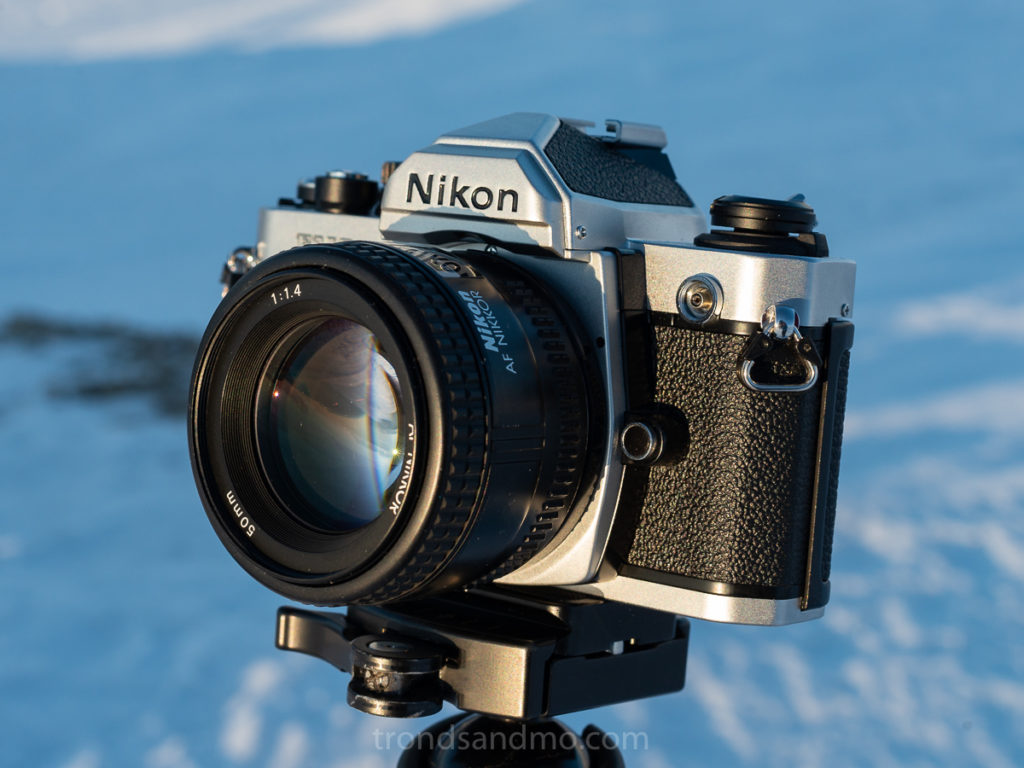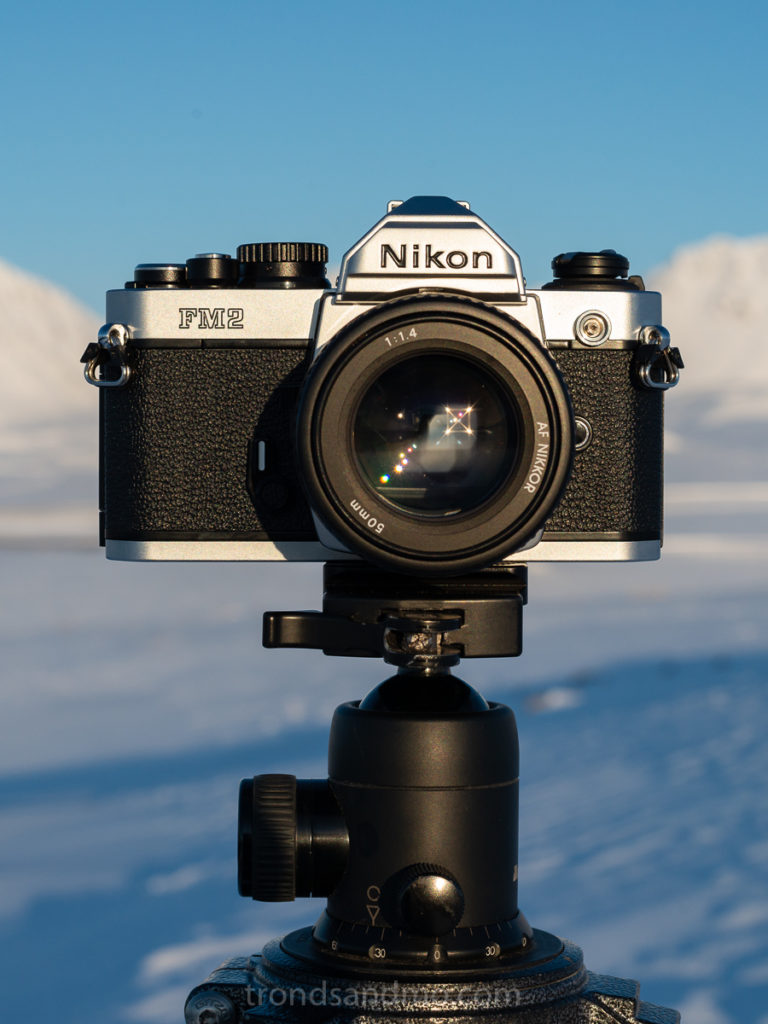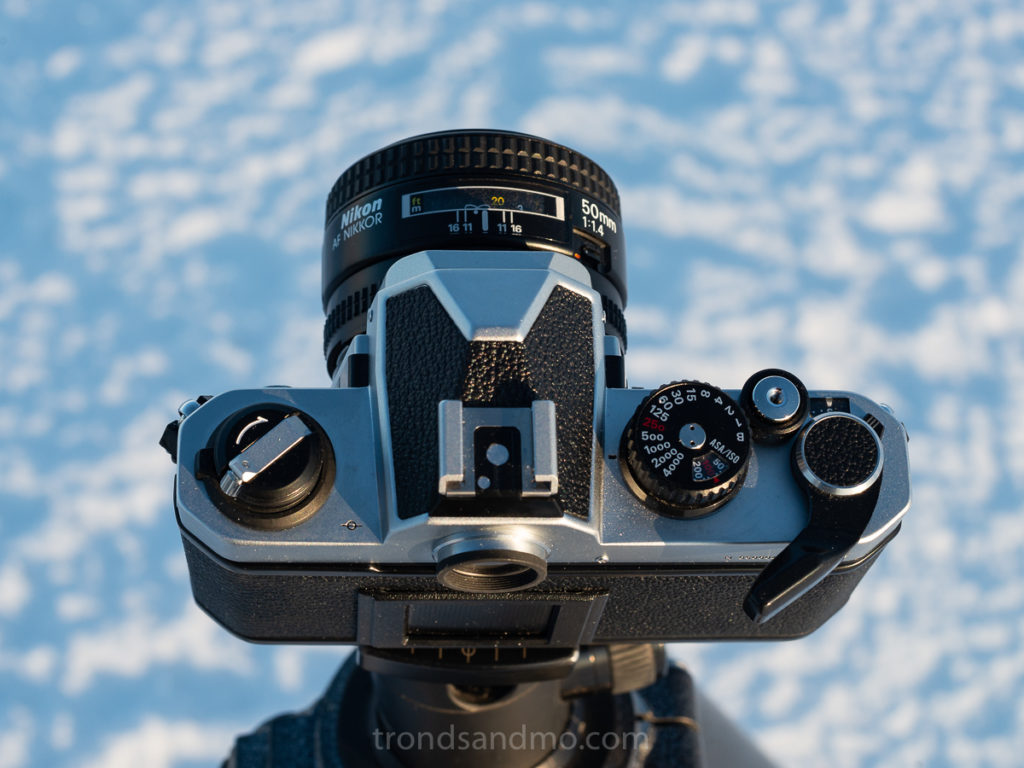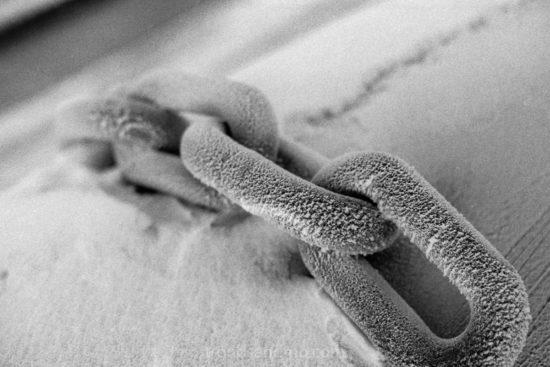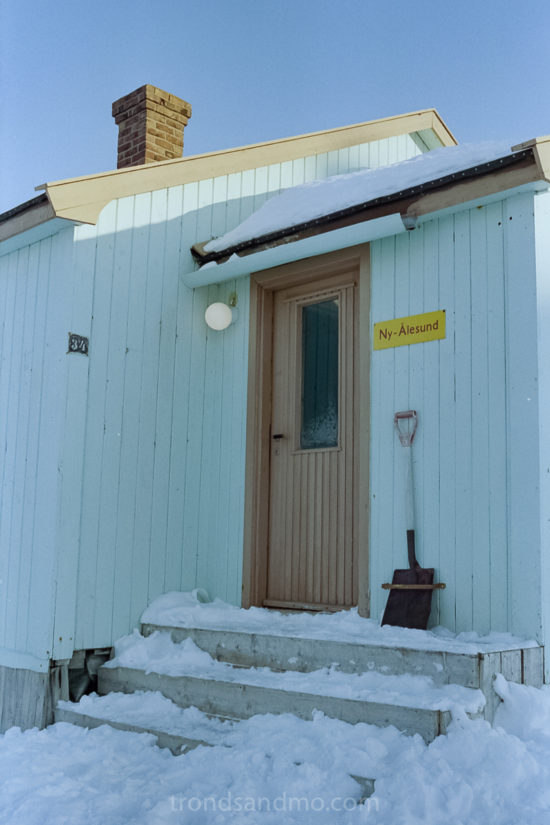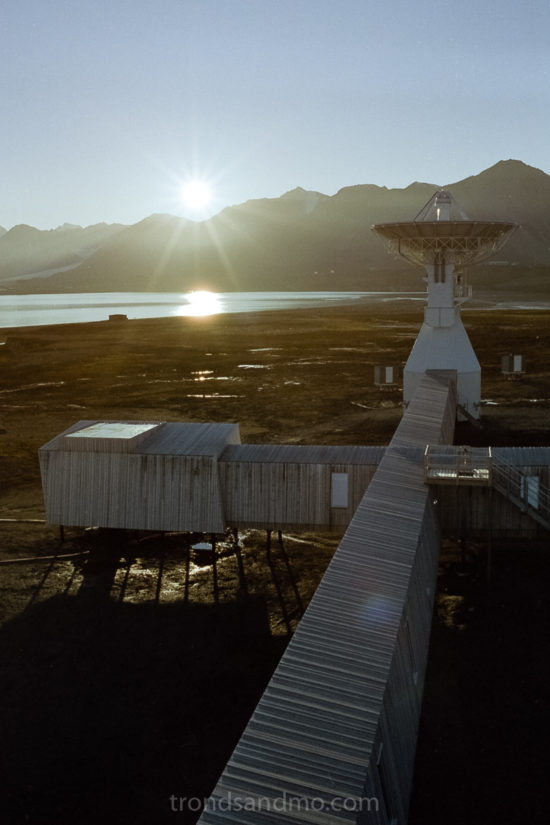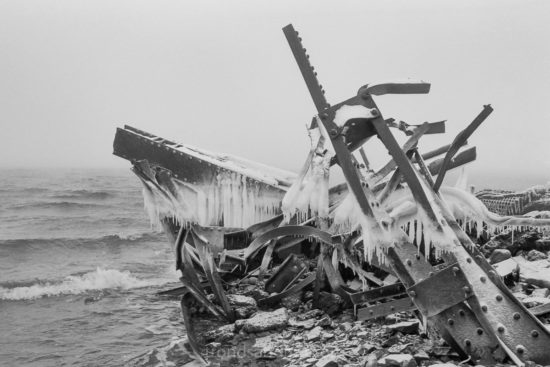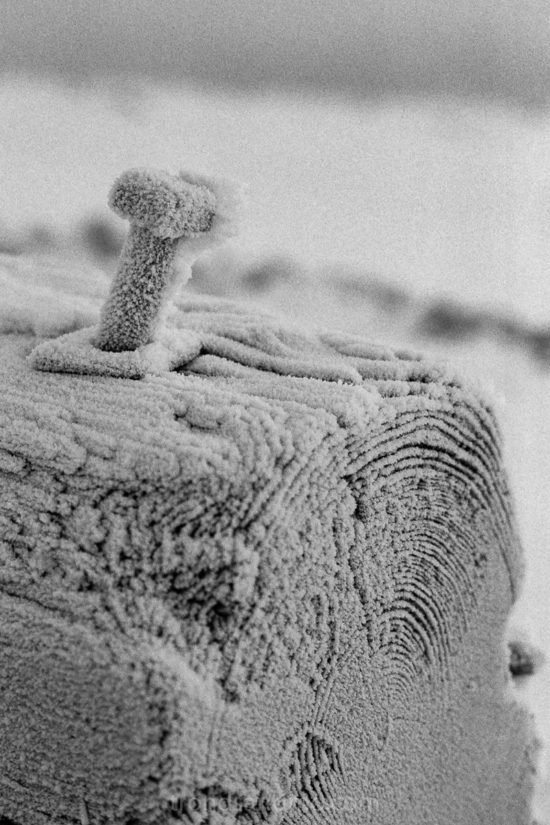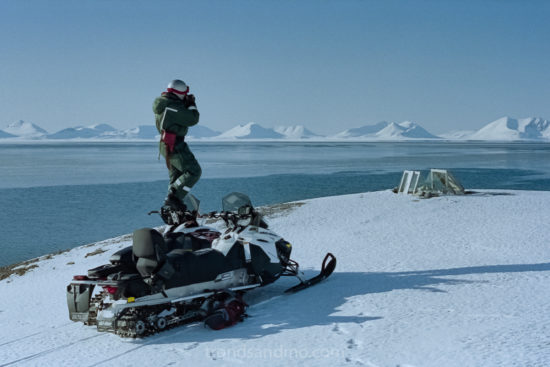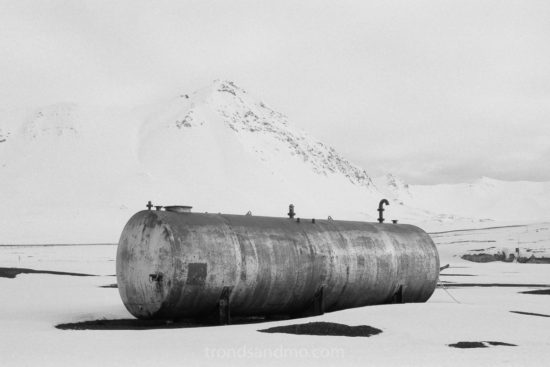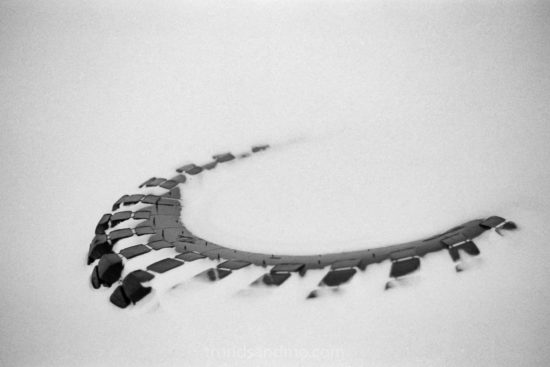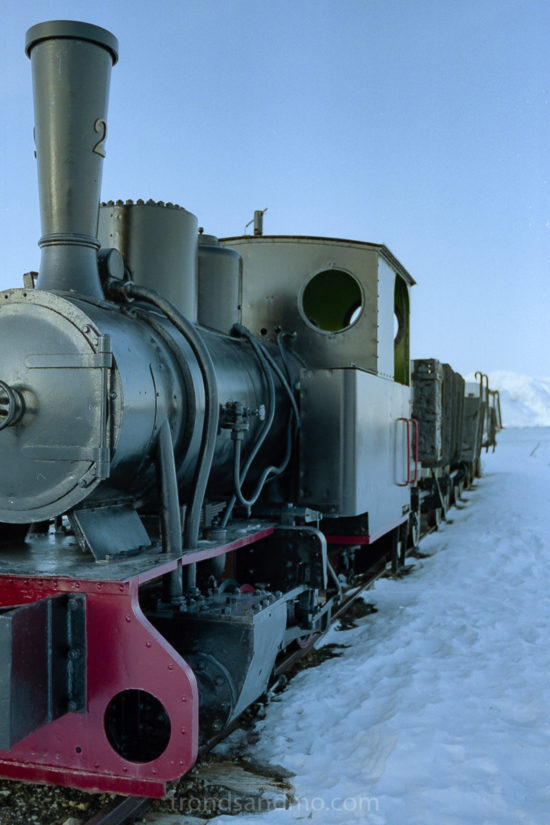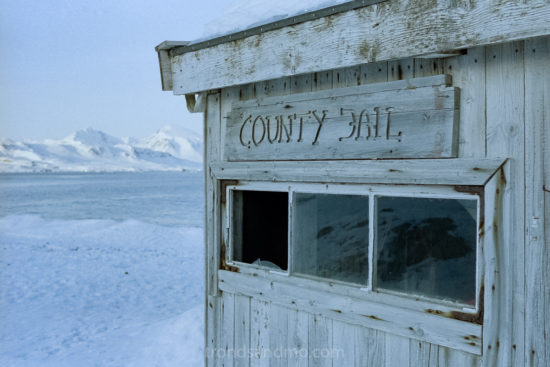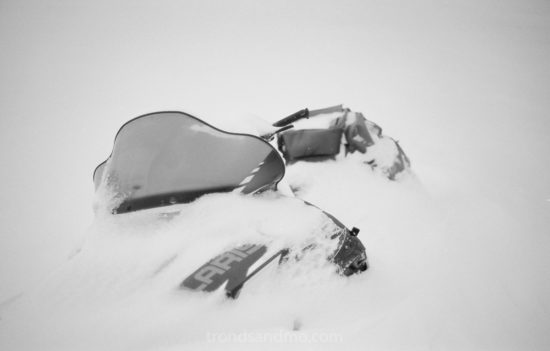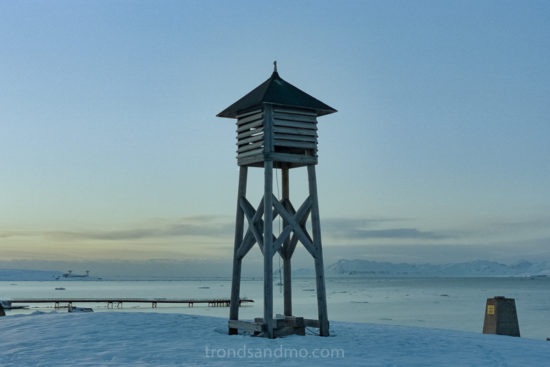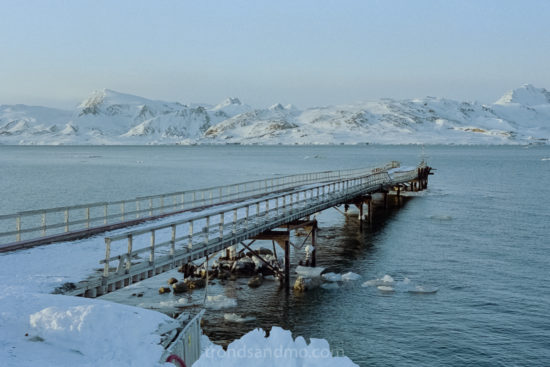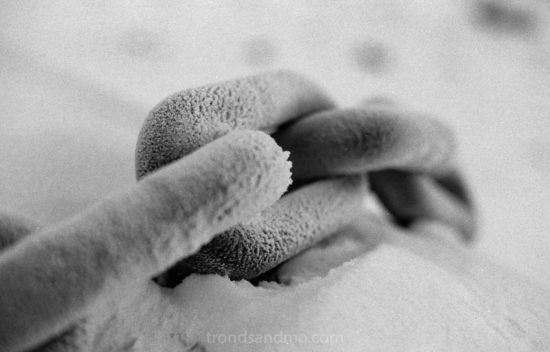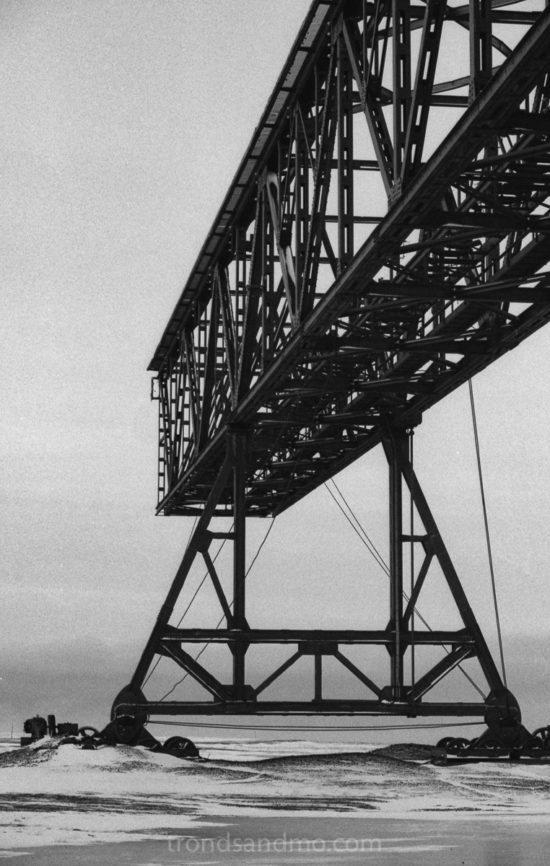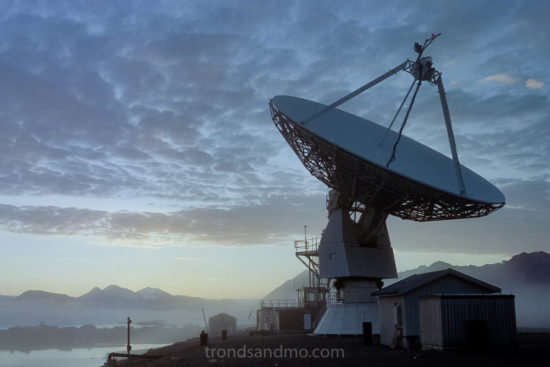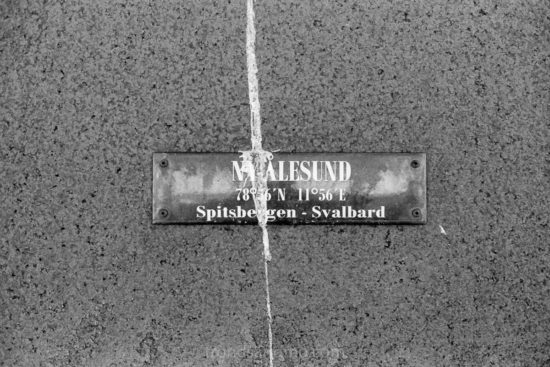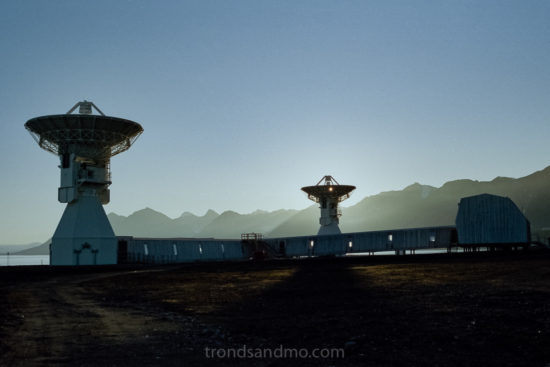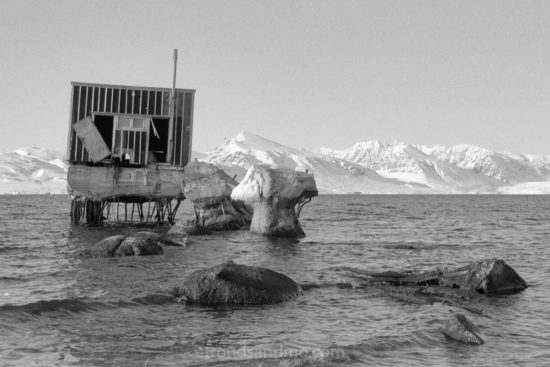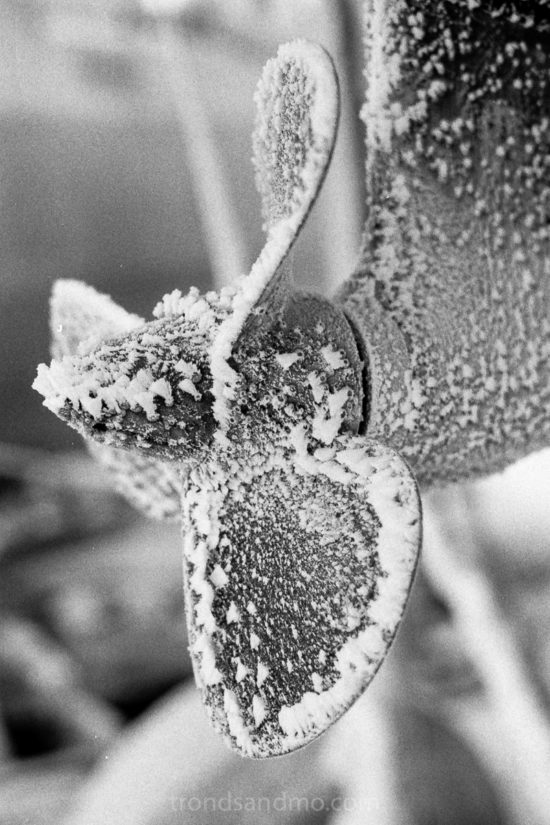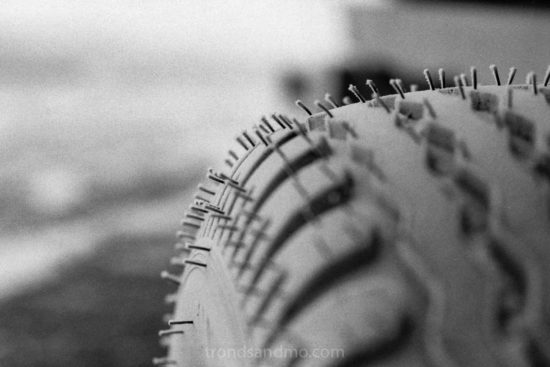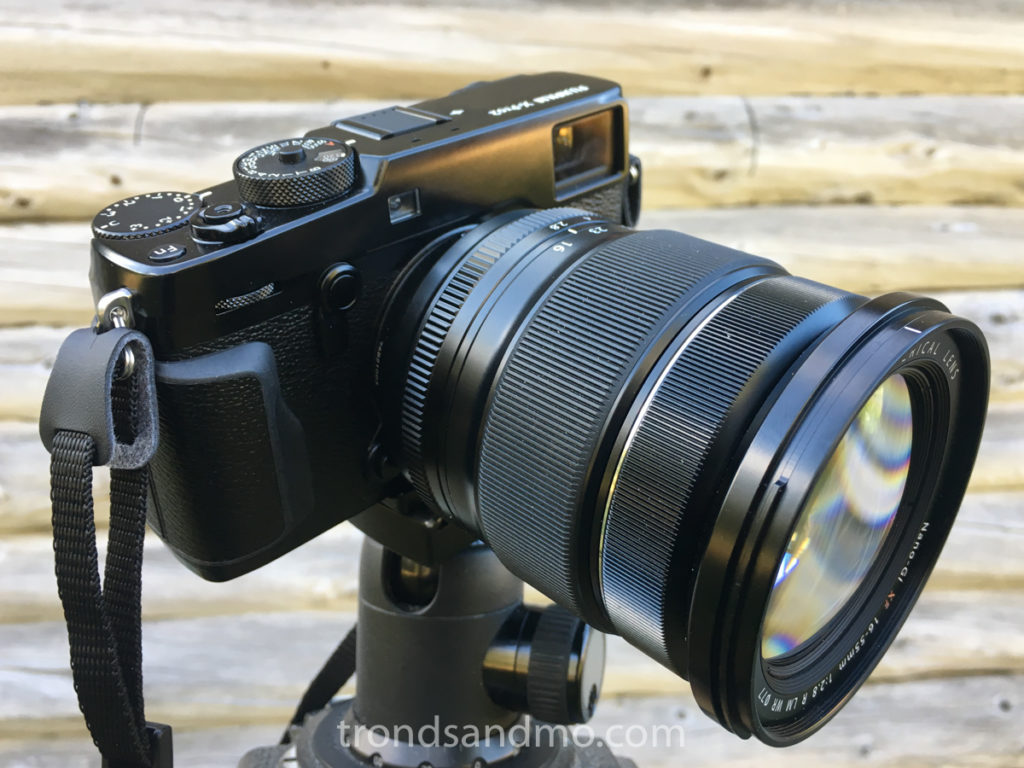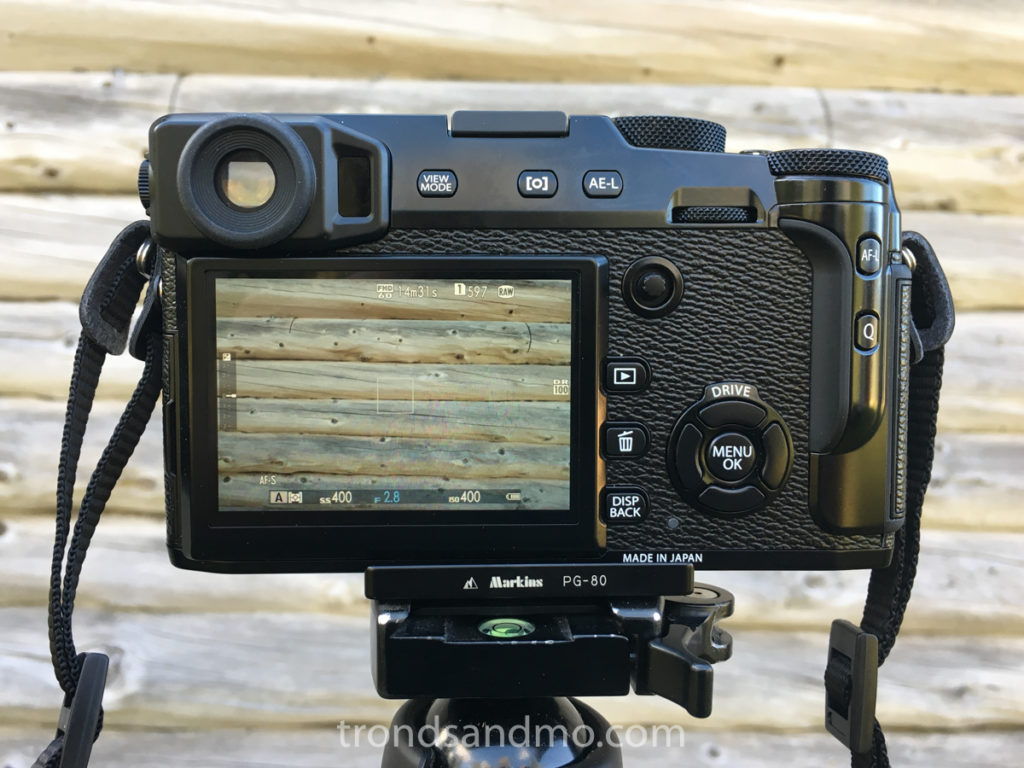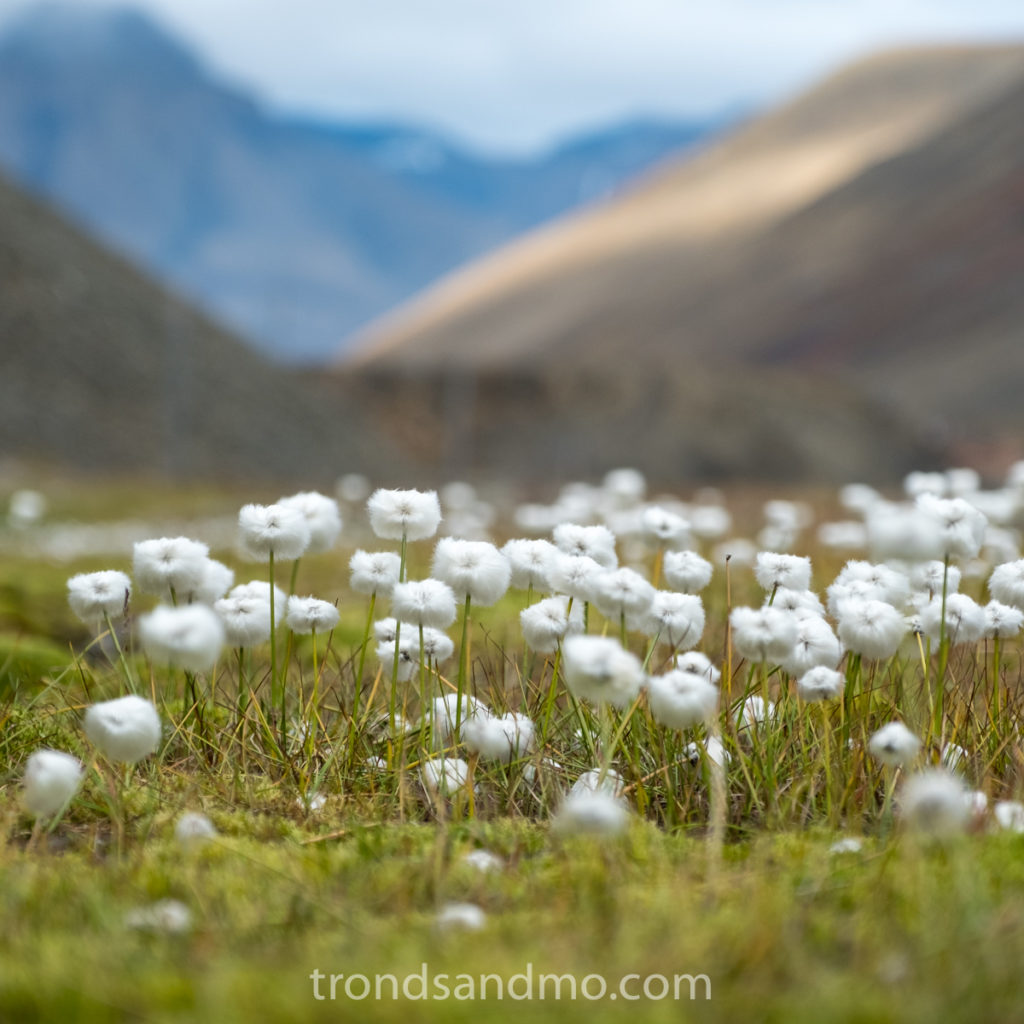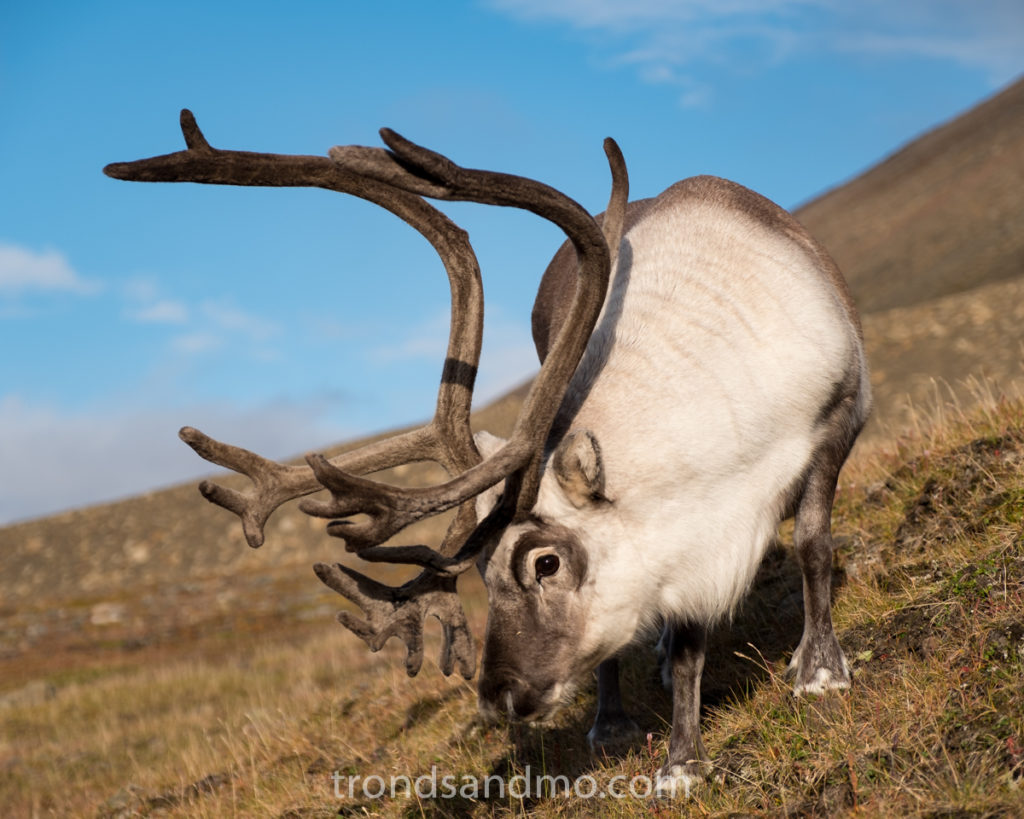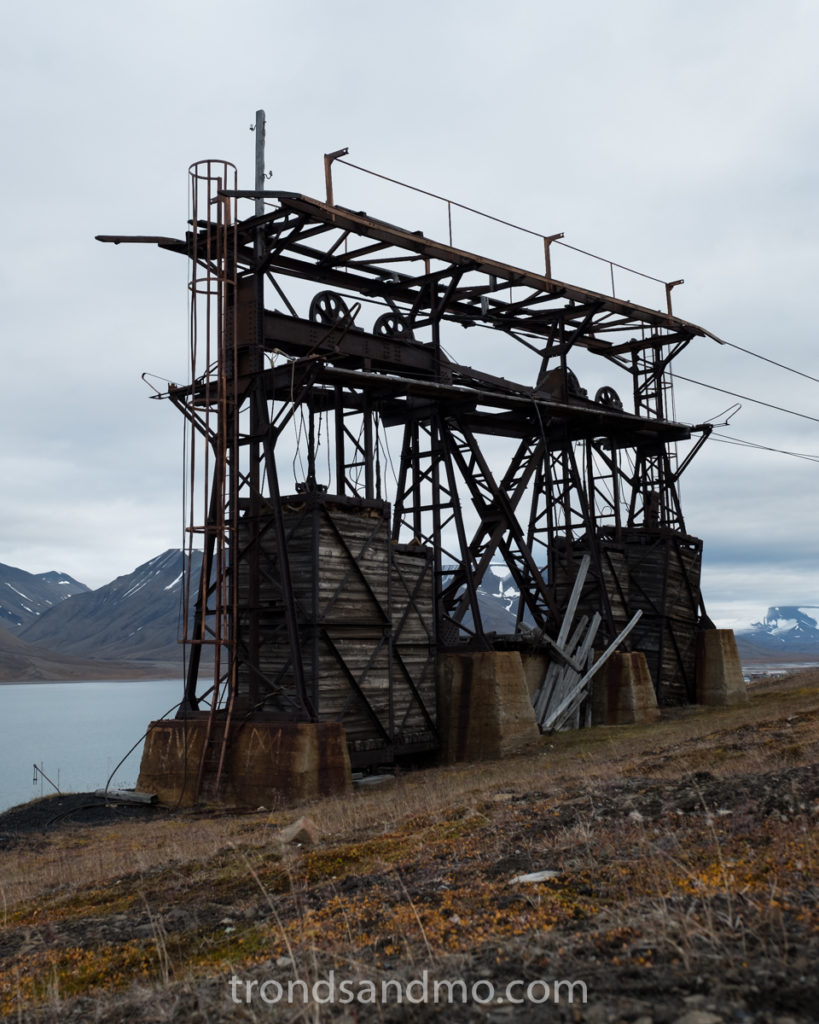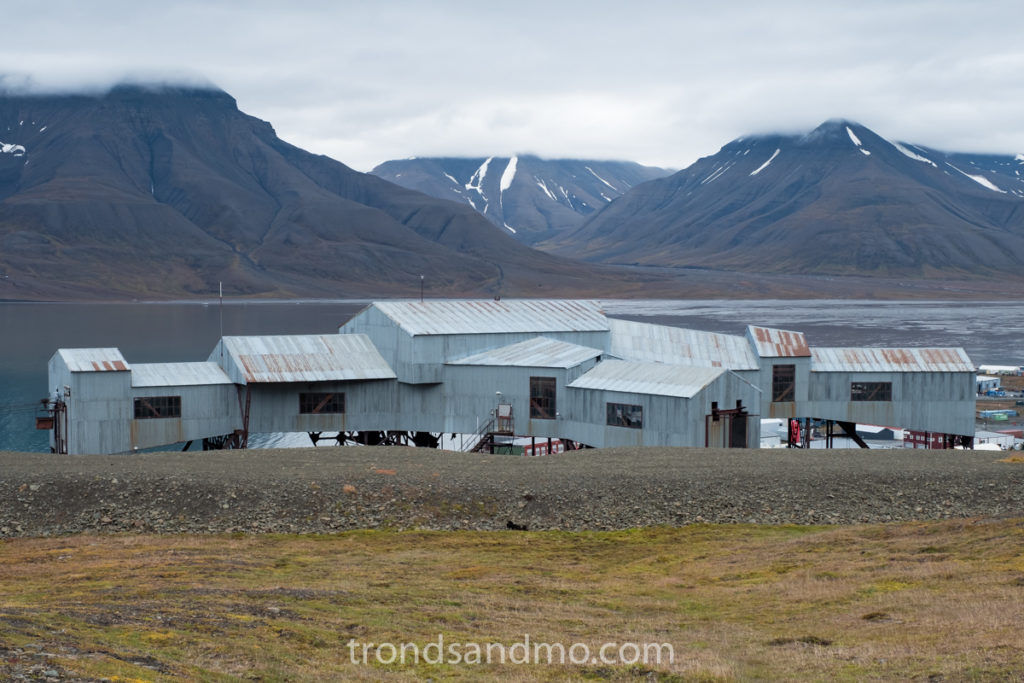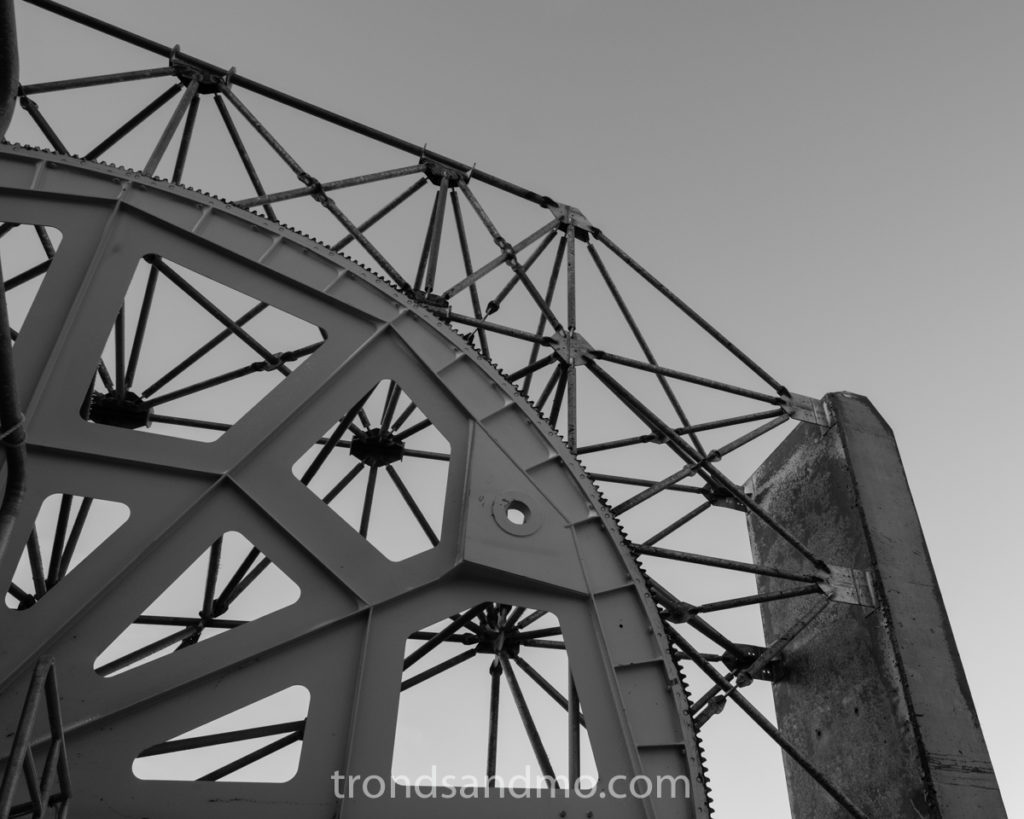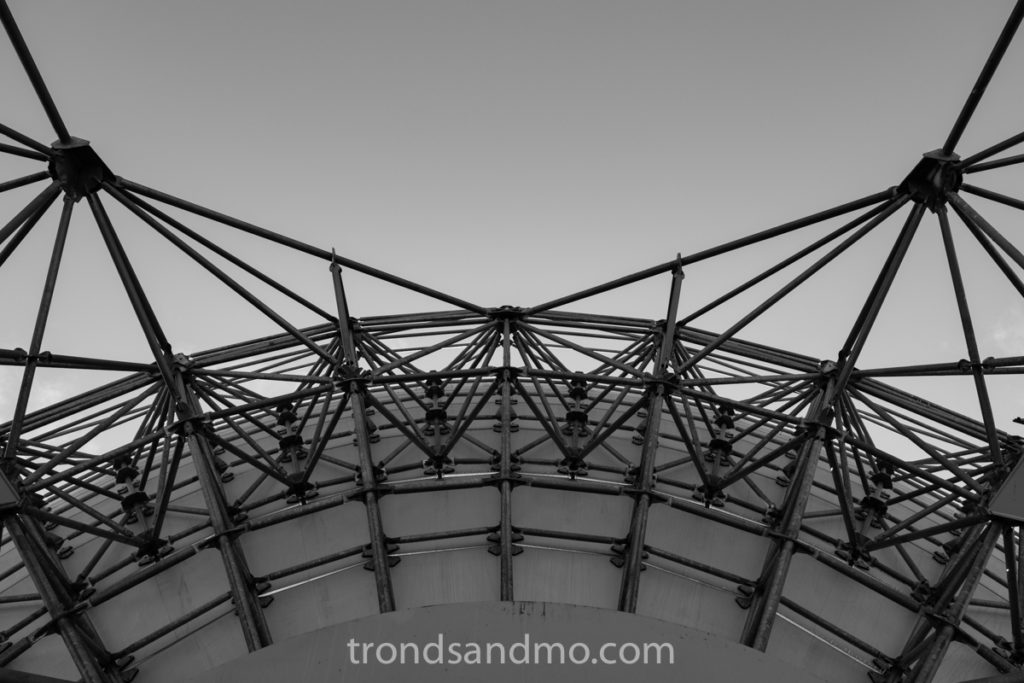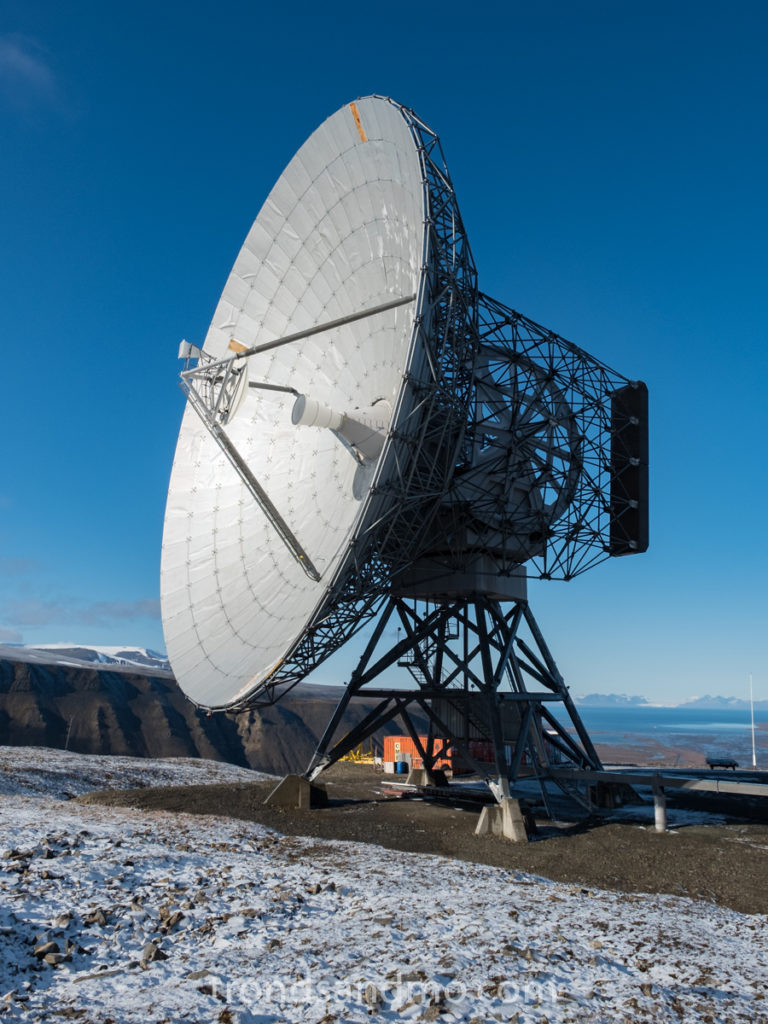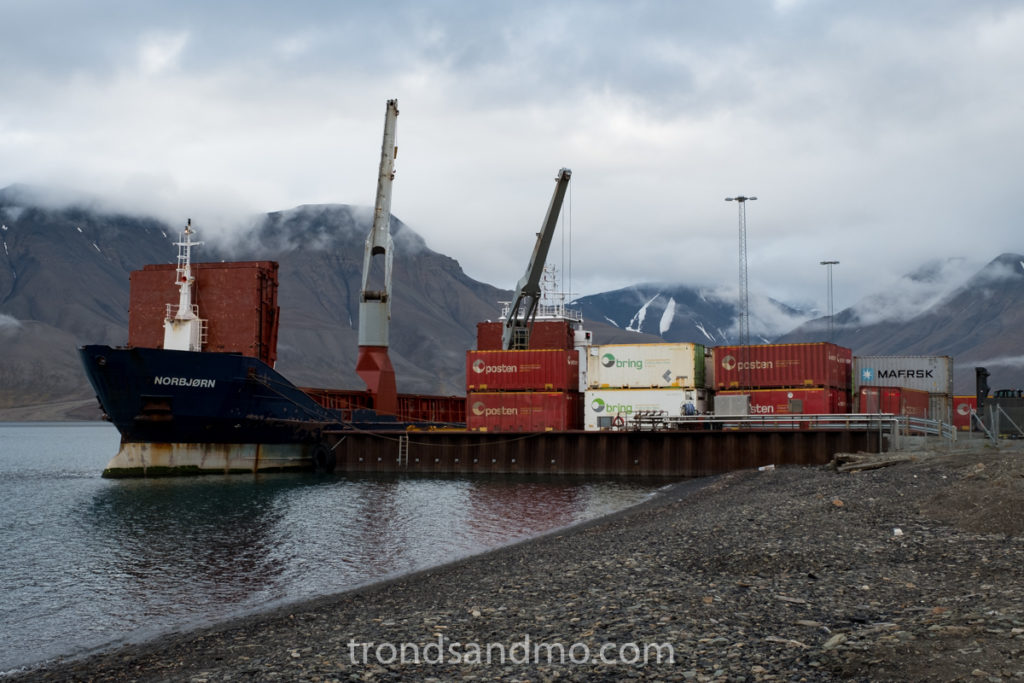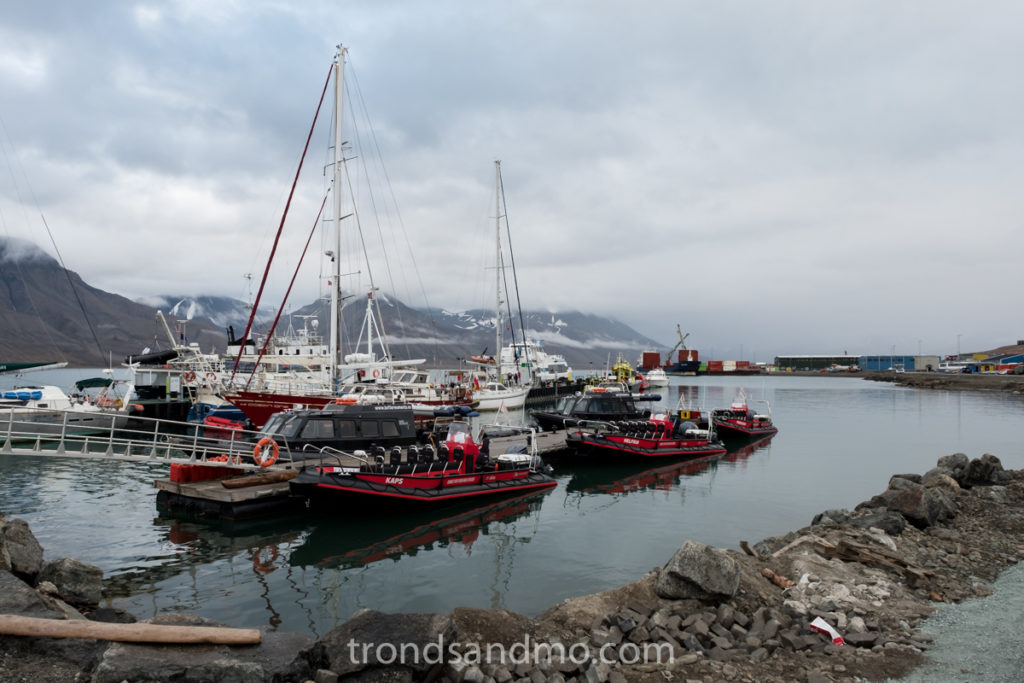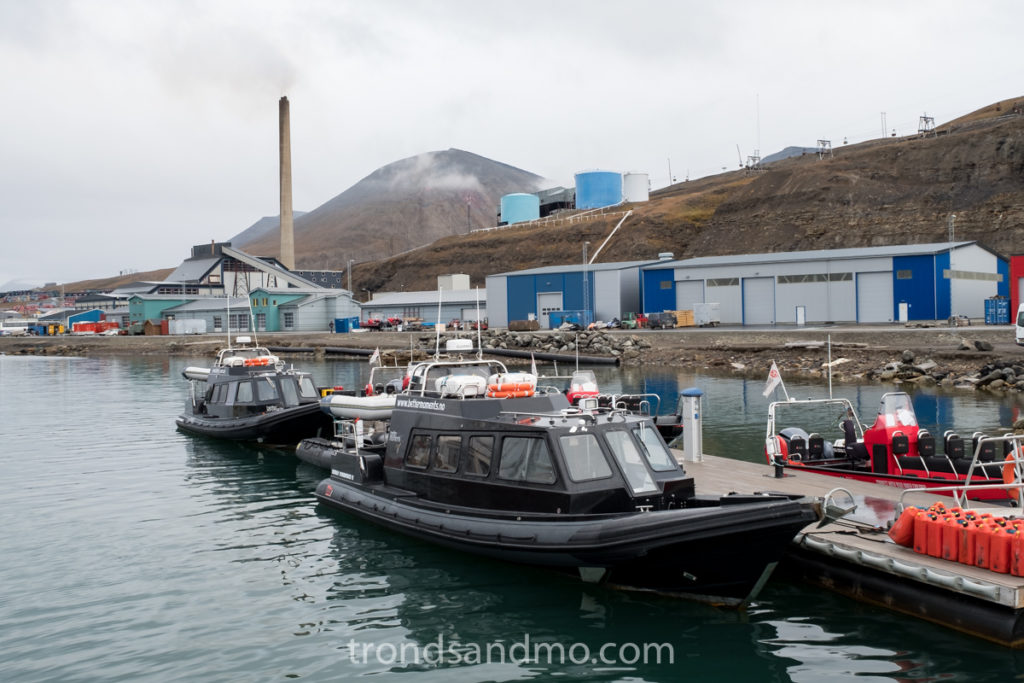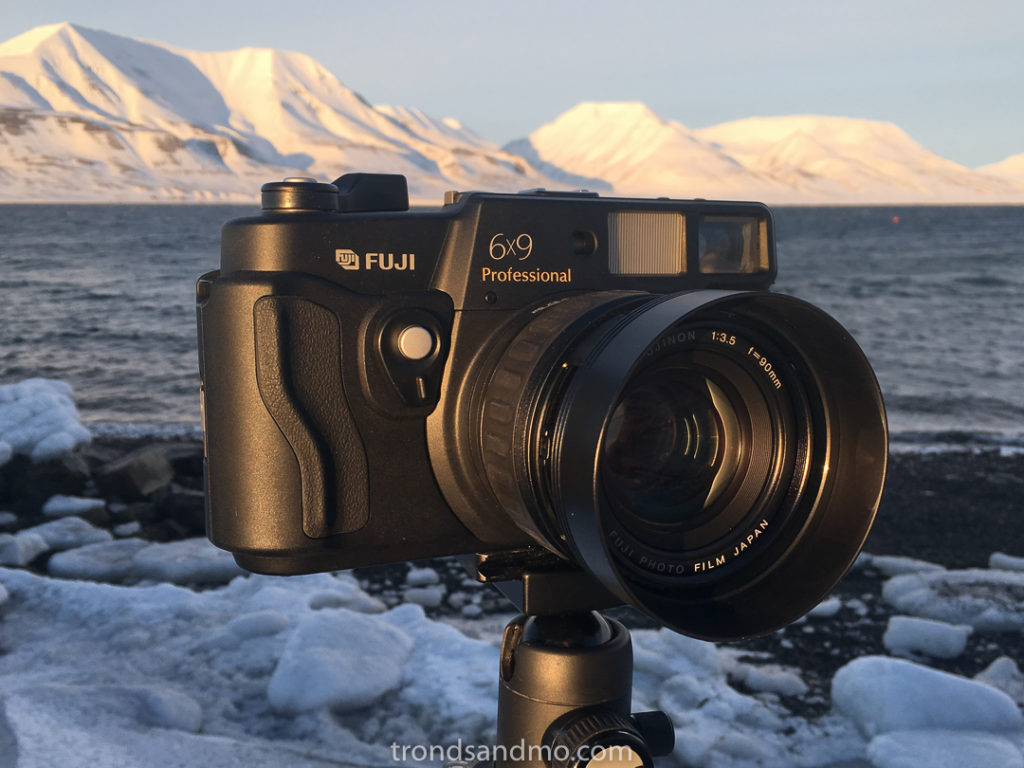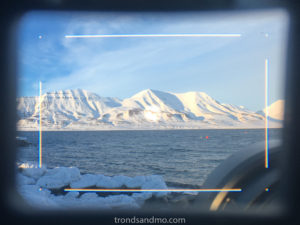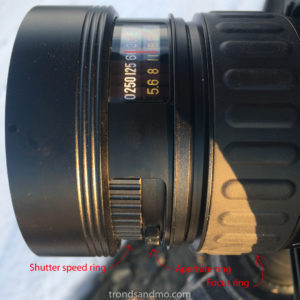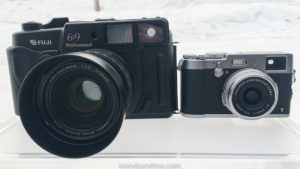Posts in Category: Camera review
Fujifilm X-Pro2 with XF16-55mm F2.8
I am all the time looking for smaller cameras that have excellent image quality and with a single versatile zoom lens. I consider myself to be an outdoor person. I hike a lot in the mountains, driving both boats and snowmobiles. When I search for new photo equipment, I want the weight and volume to be as low as possible. When I have to carry it in the backpack together with other necessary equipment, it goes without saying that large DSLR´s with many lenses are not preferable. I prefer that the camera is solidly built. The equipment need to withstand some beating and bad weather. With a single versatile zoom range, I mean 24-85mm (full frame 35mm equivalent). That is what I am looking for, and I hope this setup suits my needs for a all-around camera.
Fujifilm X-Pro2 is a mirrorless rangefinder camera with interchangeable lenses and a hybrid viewfinder. The viewfinder can be either optical, electronic or a combination of both of them. Fujifilm has installed a 24MP cmos sensor and X-Processor Pro engine to take care of the image processing. The camera has 91 focus points and it is possible to move the focus point easily with the joystick to quickly achieve good focus. It shoots at maximum 8 frames pr seconds and is well suited for fast-paced situations like sports and wildlife. The camera seems to be ruggedly built, and according to Fujifilm, it is weather resistant. They write on their website: “Made from magnesium and designed to be dust-resistant, splash-resistant and freeze resistant up to -10°C.” The camera has both electronic and mechanical shutter. It can take up to 1/32000s with electronic shutter and 1/8000s on mechanical. You can easily take pictures with the largest aperture even in the brightest situations. The important settings is easy to change without having to enter the menu. Aperture, Shutter, ISO and exposure compensation. Fujifilm must have put a lot of thought into the design.
Key specifications XPro-2:
- Sensor: 24MP X-Trans CMOS III with primary colour filter. APS-C size
- Sensitivity: ISO 200 – 12800
- Exposure: Program, Aperture priority, shutter speed priority, manual
- Exposure compensation: +/- 5EV 1/3 step
- Shutter speed: 1/8000s (mechanical), 1/32000s (electronic), Bulb 60min.
- Viewfinder: EVF and OVF
- Continuous shooting: 8fps
- Focus: Single AF, Continuous AF, Manual
- Image stabilizer: No, but some lenses have
- Lens mount: Fujifilm X mount
- Auto bracketing: Yes
- Interval time shooting: Yes
- Video: Yes
I Have decided to just have one standard zoom lens on this camera. The choice fell on a 16-55mm f/2.8. (24-85mm) lens. The lens is edge to edge sharp across the entire zoom range and one can easily achieve beautiful bokeh effect both in front and background. According to Fujifilm, the lens is weather-resistant, dust-resistant and -10 ° C low-temperature operation.
Key specifications XF 16-55mm f/2.8 LM WR
- Focal length: 16-55mm (24-85mm)
- Angle of view: 83°-29°
- Max aperture: F/2.8
- Min aperture: F22
- Filter size: 77mm
What I liked
- I like the style of shooting with this camera. Aperture on the lens and shutter / ISO on a dial on top of the camera body.
- Easy to move focus point with joystick even with an eye on the viewfinder.
- Electronic viewfinder is super and has worked for me in all cases
- Sharp, bright and versatile lens
- Fast startup time
What I did not like
- The weight is too high and it becomes difficult to operate with one hand
- The exposure compensation dial needs a lock. Easy to make a mistake.
- The lens is in the way of the optical viewfinder. About 30%. Probably better on shorter lenses.
- The LCD screen has no tilt. Useful in tight spaces
- The viewfinder window is tiny.
- This setup is expensive. About 2900 USD for both camera and lens
I have been using a Fujifilm X100T the recent years, and been very pleased with it. I was excited to see if Fujifilm managed to make a rangefinder that would also work well with interchangeable lenses. Fujifilm has managed to make a great camera, but I see that the electronic viewfinder is chosen over the optical viewfinder in all cases. In addition to that, I see that the weight of this configuration was somewhat high. There is not much to grab onto, and the best way is to use my right hand on the camera house and my left hand on the lense. Wondering how a 3rd party thumbrest would work on this camera.
Fujifilm claims the camera can work down to -10 celsius. Considering battery life, I am excited about how it will work in the cold at Svalbard. Global warming is a fact, but it is still very cold many months of the year. The camera seems to be weather resistant and as solidly built as they claim, however I would still find a suitable bag for it.
Fujifilm has added a feature called lossless compression on the RAW file. Using it achieves a 50% reduction in file size, but the files are slower to process in Lightroom. I prefer uncompressed. I noticed that the original jpg files looked very good. They were sharp and the colours looked correct when using auto white balance. I had to struggle in Lightroom to achieve the same result with the RAW files.
When it comes to the lens there is nothing negative to say. I have mentioned that it lacks optical stabilization (OIS), but at the same time it is so bright that I do not think it will be absolutely necessary for me with such a feature.
Conclusion
If I had to compromise and just owning a single camera, then I think the Fujifilm X-Pro2 would suit me best. I could deal with weight/grip and other minor issues, and the fact that the battery empties faster than with a DSLR. It is rugged, versatile and the images it produces are really good. The way the camera is built encourages an original/native shooting style. I like it.
It will be exciting to see how Fujifilm evolve these mirrorless cameras in the future. If I were in charge and could influence the next upcoming X-Pro3, then I would make a operator lock on the exposure compensation dial, make a larger viewfinder window and redesign the grip.
Note: All photos taken with Fujifilm X-Pro-2 are from Longyearbyen, Svalbard or the surrounding area. Three pictures from the Eiscat radar located at Breinosa 15 km east of Longyearbyen. Three pictures from the tourist harbor in Longyearbyen and two pictures of old industrial facility used in the coal industry. The image of the reindeer and eriophorum is taken close to the center of Longyearbyen.
Fuji GW690iii review
When I did the research to buy my first medium format camera, I quickly came to the Fuji rangefinder series. If you read forums and other online sources, good things are often written about the Texas Leica (as it is also known as). When looking to other 135 film rangefinders the GW690 is huge and bulky, but compared with many other medium-format cameras, the GW690 series has a manageable size and are reasonably priced. My photos is mainly taken in the field, so I depend on being able to carry it in my backpack among thermos and lunch. Size matters. I prefer the 2:3 format and a positive feature is that each frame measures 6 x 9 cm. One can easily make large prints from a picture made with the GW690. All this together the Fuji GW690 stood out to me as a good first buy, and the search for a good item started at ebay. Finally, I landed on a camera for sale in Japan. And after a few weeks of waiting, I received a third generations GW690 camera in mail here at Svalbard.
Key features
- 90mm, 58 degree field of view (equivalent to 39mm on a 35mm camera)
- Leaf shutter
- 120 film rolls. Medium format
- f/3,5 – f/32 half-stop increments
- 1s – 1/500s plus T-mode. full-stop increments
This rangefinder series from fuji (fujica) was introduced in the late 70s and was produced until 90s. All the pictures and tests I have done is with a third generation GW690 made in 1992. The camera has a very good fixed prime lens at 90mm with leaf shutter integrated between the glasses. The aperture goes from f/3.5 to f/32 and shutter speed between 1s and 1/500s. The lens has a somewhat long minimum focusing distance of just 1 meter. Other things worth mentioning is that the camera has a hotshoe for flash, a lock on the trigger, and a built in retractable lens hood. The lens has inner threads with 67mm diameter for your ND or color filters.
What I liked
-
What I like the most with this camera is the huge negative it produces. 6 cm x 9 cm is the biggest size negative one can make on a medium format camera. If you want a larger format than that you need to scale up to large format cameras (4×5″ for example). And that is a different ball game.
- The lens on this camera is really sharp, and I cannot see any noticeable distortion or aberration. It is a prime lens, so something else would be strange.
- This camera is 100% mechanically and it seems to be very solidly constructed. I can imagine it will withstand some beating.
- There are no batteries that die in the cold on this camera (if we disregard the external light meter you probably need). Here in the Arctic, I often find that batteries do not last a photo session. Digital mirrorless cameras are the worst.
- I often make long exposures, and this camera has its own little twist on how it is designed. T mode is constructed so that when the shutter is trigged, it stays open till the shutter settings on the lens is changed towards “1s”. I like this solution compared to Bulb mode on most cameras.
- Among other things I particularly want to mention about the GW690 is that one can find these cameras relatively cheap even though I have seen that prices on iconic analog cameras only rises. Analog photography have become popular.
What I did not like
-
What I liked least about this camera is that I find it a bit difficult to achieve focus. The yellow spot focus area is tiny, and I need to search around the image to find a suitable place to align the “double image”. It is tough in a low contrast scenery and bit difficult on a tripod.
- The next issue that bothers me a little is that the shutter and aperture ring are very close. I have seen on several occasions that it easily result in a mistake. I intent to change the aperture, but ends up also changing the shutter time.
- One thing that I painfully have experienced is that one must remember to take off the lens cap. With only 8 frames each 120 roll, I must not be wasting precious film on the inside of the lens cap.
- The closest point of focus with this camera is 1 meter. Since this is a fixed lens camera it makes it unfit for macro photography and similar. Even not for a close portrait.
- Although aperture goes to f / 32, I find the fastest shutter speed of 1 / 500s a bit too long. 1 / 2000s had been better especially for a situation where you shoot both inside and outside. And I don’t want to attach a ND filter to achieve a bokeh effect in daylight.
Conclusion
After shooting approximately 20+ rolls of 120 film, I have discovered a little light leak which appears in the bottom of the image. I have solved this easily with electrical tape. The workaround has not been a major problem for me. One can expect such error with old cameras, and if it bothers me too much I will replace the gasket with a new one. I have really enjoyed this camera and think it should run a great deal of rolls before I switch to other medium format cameras. The camera has been perfect as a introduction to the medium format. I have learned a lot with the fact that the settings are all manual. This is probably not the camera for the person who takes pictures of fast moving scenes or prefer full automation. With this camera one must think carefully and use some time before the photo is taken.
Here are a few images taken with the GW690iii :
